Mini John Cooper Works Convertible

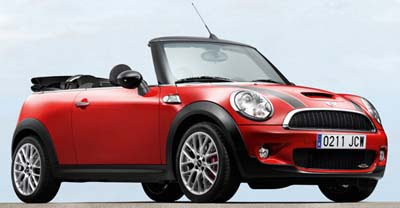

Featuring the same high performance engineering modifications as the Hatch model carrying the John Cooper Works badge, the Convertible's 1.6-litre twin scroll-turbocharged engine produces 211 hp and up to 280 Nm peak torque with Overboost deployed.
The newcomer's petrol power plant is a significantly revised version of the 1.6-litre turbocharged unit found in MINI Cooper S models, and the same as that in the MINI Challenge race car. The engine is lighter, stronger and is supplied with a larger air intake and an exhaust system specifically designed for John Cooper Works cars.
The transmission's gearing is strengthened to handle the extra available power; power that pushes the car to a remarkable output of 132 hp per litre, yet still able to offer an amazing 39.8 mpg.
The lengthy standard kit list of every MINI John Cooper Works Convertible includes a bespoke John Cooper Works Alcantara steering wheel, sport seats, John Cooper Works floor mats and glossy piano black interior. Air conditioning is fitted as standard, as it is now on every new MINI.
Performance of the Works car is underlined by an exclusive speedometer, which runs to 160 mph to account for the car's higher top speed than that of any other MINI.
A Sport button is located in front of the gear stick. When pressed it activates a bespoke engine control map producing boost earlier in the rev range and sharpening steering and throttle response. The gear knob featuring a red gearing diagram is unique to the MINI John Cooper Works.
Unique lightweight 17" alloy wheels in Cross-spoke CHALLENGE design, shod with Run-flat tyres, feature on the exciting new Convertible. A John Cooper Works Aero kit is standard and the tuning brand's logo is positioned on the boot, grille, brakes and door sills.
The newcomer's petrol power plant is a significantly revised version of the 1.6-litre turbocharged unit found in MINI Cooper S models, and the same as that in the MINI Challenge race car. The engine is lighter, stronger and is supplied with a larger air intake and an exhaust system specifically designed for John Cooper Works cars.
The transmission's gearing is strengthened to handle the extra available power; power that pushes the car to a remarkable output of 132 hp per litre, yet still able to offer an amazing 39.8 mpg.
The lengthy standard kit list of every MINI John Cooper Works Convertible includes a bespoke John Cooper Works Alcantara steering wheel, sport seats, John Cooper Works floor mats and glossy piano black interior. Air conditioning is fitted as standard, as it is now on every new MINI.
Performance of the Works car is underlined by an exclusive speedometer, which runs to 160 mph to account for the car's higher top speed than that of any other MINI.
A Sport button is located in front of the gear stick. When pressed it activates a bespoke engine control map producing boost earlier in the rev range and sharpening steering and throttle response. The gear knob featuring a red gearing diagram is unique to the MINI John Cooper Works.
Unique lightweight 17" alloy wheels in Cross-spoke CHALLENGE design, shod with Run-flat tyres, feature on the exciting new Convertible. A John Cooper Works Aero kit is standard and the tuning brand's logo is positioned on the boot, grille, brakes and door sills.

Extra-large disc brakes paired with upgraded bright red Brembo performance callipers are supplied. Chassis technologies ensuring a sporty and safe driving experience are also standard features of the MINI John Cooper Works:
* ABS Brakes
* EBD Electronic Brake Force Distribution
* CBC Cornering Brake Control
* EDLC Electronic Differential Lock Control
* DSC Dynamic Stability Control (incorporating Hill Assist)
* DTC Dynamic Traction Control
* ABS Brakes
* EBD Electronic Brake Force Distribution
* CBC Cornering Brake Control
* EDLC Electronic Differential Lock Control
* DSC Dynamic Stability Control (incorporating Hill Assist)
* DTC Dynamic Traction Control
Unique to MINI John Cooper Works models is EDLC. With DSC fully deactivated, the car's Electronic Differential Lock Control delivers an even sportier driving experience. EDLC works when the car is accelerating hard out of corners or tight bends. In this situation, it electronically slows the spinning inside wheel to enhance grip and ensure that all available power is transferred to the road through the wheel with greatest traction. In contrast to the way DSC and DTC manage power delivery to the wheels, EDLC does not intervene with the throughput of engine power, meaning the driver is in near total control of the handling of the car.

Associates in final assembly have transformed all work areas to integrate production of the new Convertible efficiently, and are now building the complete MINI model line-up once again on a single assembly line.

The MINI John Cooper Works Convertible will be built entirely in the UK
With the new MINI Convertible now rolling off the line, several points of operation at MINI Plant Swindon and Oxford have been modified. BMW Group invested in new assembly stations for the Convertible tailgate at Plant Swindon. At Plant Oxford, the bodyshop installed and commissioned all necessary facilities and infrastructure to meet the high quality standards and geometrical accuracy for the Convertible body.Associates in final assembly have transformed all work areas to integrate production of the new Convertible efficiently, and are now building the complete MINI model line-up once again on a single assembly line.

 Caparo generated £725m of income last year and has put its considerable financial muscle behind the high profile Caparo T1 project to help spearhead its ambition to become a leading Tier 1 supplier particularly in advanced composite materials, which will help carmakers reduce vehicle mass and in turn fuel consumption and CO2 emissions.
Caparo generated £725m of income last year and has put its considerable financial muscle behind the high profile Caparo T1 project to help spearhead its ambition to become a leading Tier 1 supplier particularly in advanced composite materials, which will help carmakers reduce vehicle mass and in turn fuel consumption and CO2 emissions.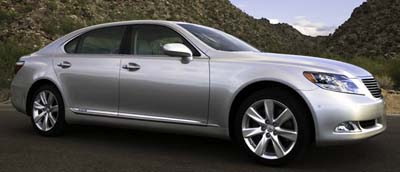
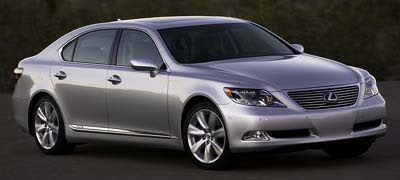





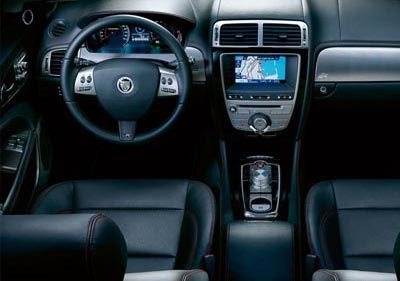




 Chevrolet Europe has shown the first glimpse of the marque's 2009 World Touring Car Championship contender. The all-new Chevrolet Cruze, which premiered at the Paris Motor Show, will continue Chevrolet's presence in the WTCC, in which the marque so far has won twelve world championship races.
Chevrolet Europe has shown the first glimpse of the marque's 2009 World Touring Car Championship contender. The all-new Chevrolet Cruze, which premiered at the Paris Motor Show, will continue Chevrolet's presence in the WTCC, in which the marque so far has won twelve world championship races.





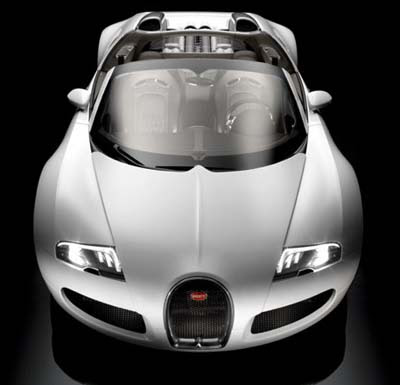




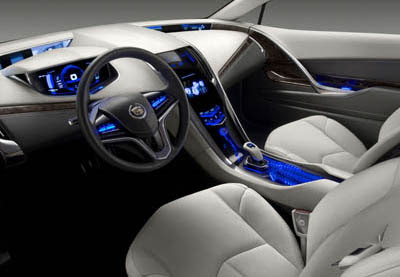



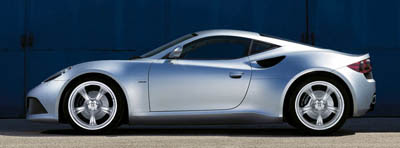


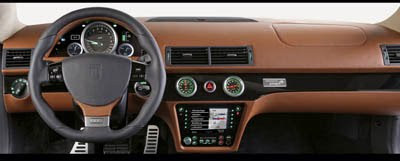






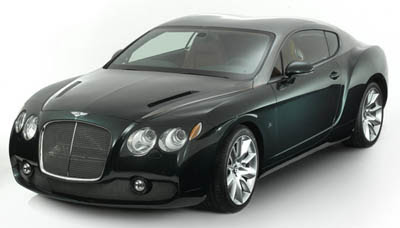

 Starting from the styling cues of the last neo classical coupes, which became milestones of Zagato design in the new millennium, the challenge was to apply the same design language to a completely different proportion of vehicle: the Bentley Continental GT Speed.
Starting from the styling cues of the last neo classical coupes, which became milestones of Zagato design in the new millennium, the challenge was to apply the same design language to a completely different proportion of vehicle: the Bentley Continental GT Speed.



 There’s the car’s throttle response, which is like nothing I’ve experienced before.
There’s the car’s throttle response, which is like nothing I’ve experienced before. Specification:
Specification: